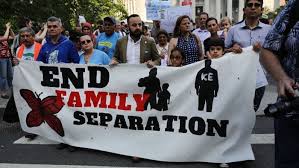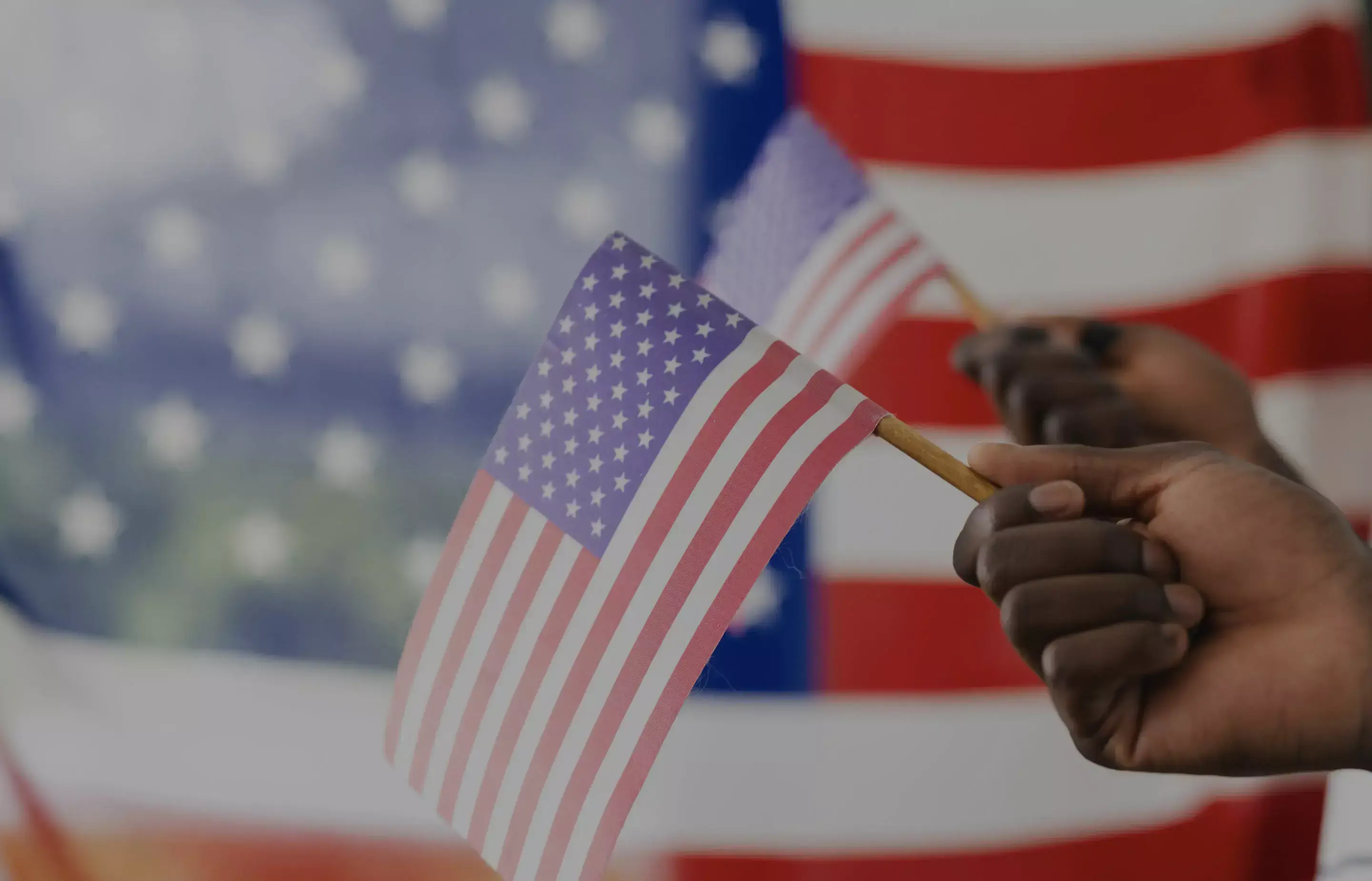 On June 20, 2018, President Trump issued an executive order which, on its face, appeared to reunite immigrant children with their parents from whom they had been separated at the border. In reality, the executive order has created additional chaos and revealed the incompetence, disarray and lack of leadership in the current administration. Initially, the administration indicated that it would reunite all children younger than 5 with their families by a July 10, 2018 deadline. Yet, just one day after that announcement, Health and Human Services Secretary Alex Azar notified the public that the administration would not meet that deadline and that it needed an extension. Sarah Fabian, an attorney for the Justice Department, explained that the administration does not know where over 20% of those young children are because their parents were released from ICE custody. In a status hearing with United States District Court Judge Dana Sabraw of the Southern District of California, government lawyers stated that they would only be able to reunify about half of the 100 children under the age of 5 by the court mandated deadline of July 10. The lawyers also admitted that they could not locate the parents of 38 migrant children under the age of 5. The parents of 19 of the children have been released from custody into the United States and their whereabouts are unknown. The parents of the remaining 19 children have been deported.
On June 20, 2018, President Trump issued an executive order which, on its face, appeared to reunite immigrant children with their parents from whom they had been separated at the border. In reality, the executive order has created additional chaos and revealed the incompetence, disarray and lack of leadership in the current administration. Initially, the administration indicated that it would reunite all children younger than 5 with their families by a July 10, 2018 deadline. Yet, just one day after that announcement, Health and Human Services Secretary Alex Azar notified the public that the administration would not meet that deadline and that it needed an extension. Sarah Fabian, an attorney for the Justice Department, explained that the administration does not know where over 20% of those young children are because their parents were released from ICE custody. In a status hearing with United States District Court Judge Dana Sabraw of the Southern District of California, government lawyers stated that they would only be able to reunify about half of the 100 children under the age of 5 by the court mandated deadline of July 10. The lawyers also admitted that they could not locate the parents of 38 migrant children under the age of 5. The parents of 19 of the children have been released from custody into the United States and their whereabouts are unknown. The parents of the remaining 19 children have been deported.
Judge Sabraw agreed to extend the deadline for reunifying the youngest children as long as the government could provide a master list of all of the children and the status of their parents. The Judge ordered the administration to share a list of the 101 children with the American Civil Liberties Union by the afternoon of July 7 and called for a status hearing on July 9. Judge Sabraw explained, “[t]he government must reunite [the children]. It must comply with the time frame unless there is an articulable reason.” Judge Sabraw stated that he was prepared to grant an extension if the government could provide a master list of the children under 5 who had been separated from their parents with information on the parents and thorough explanations of any difficulties the government had in locating the parents.
The government argued that the extensive process used to verify and vet each parent made compliance with the July 10 deadline impossible. “The government does not wish to unnecessarily delay unification. At the same time, however, the government has a strong interest in ensuring that any release of a child from government custody occurs in a manner that ensures the safety of the child.” Secretary Azar explained that because the government does not have any paperwork or accounting for these families, it is resorting to DNA testing to match families. Inconclusive DNA tests can delay reunification as can the work involved in making sure that children are being reunited with parents who are capable of caring for them. In addition, the government argued that it needed additional time in reuniting families because of the difficulties inherent in locating parents who had already been deported back to their home countries.
What Steps is the Government Taking to Meet Reunification Deadlines
Last month, Judge Sabraw set firm deadlines for the reunification process. Children under the age of 5 must be reunited with their parents by July 10 and children over the age of 5 must be reunited with their parents by July 26. Judge Sabraw also stated that officials must make sure all separated parents have a way to contact their children by July 8. The government claims it is taking every measure possible to reunify families, including DNA testing, increasing its staffing and expediting existing processes.
Why is the Government having such Difficulty in Reuniting Families
The Trump administration has recently stated that it must reunite 3,000 children with their families, not 2,000 as previously projected. In addition, Secretary Azar argues that the process has been further complicated by the nation’s “disjointed immigration laws,” the judge’s “unprecedented” order, requests from various members of Congress to tour HHS facilities, delays verifying familial relationships and “unreliable” information provided by minors being held in detention. Azar explained, “we will use every minute of time we have to confirm the parentage of those individuals … and to confirm that those parents are actually suitable for reunification, and then we will comply with the court’s order and reunify them. … We will comply with the artificial deadlines established by the courts.”
Groups opposing the government’s request for additional time counter that the government has not given the necessary sense of urgency and organization to the reunification process. They explain that it is nonsensical for the government to have removed children from their parents without implementing an accounting and tracking system, which would serve to reunite them at a later date. There is no centralized agency taking the lead on reunification and so the process has been unnecessarily slow and unfocused. Data and numbers have been all over the place and courts have been compelled to get involved to force the government to do what it should have done on its own accord.
The Implications of Monday’s Status Conference
When President Trump issued his executive order, it is doubtful that he foresaw the chaos that would ensue. Simply stated, the government was not prepared to reunify families in a timely and safe manner. On Monday, July 9, Judge Sabraw will decide whether or not to extend the reunification deadline for families with children under the age of 5. Even assuming Sabraw extends the deadline, the government has a great deal of work ahead of it to ensure that families are not only reunited in a timely manner but also that children are placed in safe environments. Although the ruling on Monday will not impact the July 26 reunification deadline for the roughly 3,000 children ages 5 to 18, it will foreshadow the probability that this deadline will be extended as well.
For More Information
Navigating the intricacies of the legal side of applying for a visa is as tough a task. Schedule a meeting with the Pollak legal team today –– we have the insight and the experience to ensure you the best legal counsel for your situation.
––
Karen-Lee Pollak is the Managing Attorney at Pollak PLLC located in Dallas, Texas. She is a frequent speaker, author and blogger on immigration issues. She can be reached at karenlp@pollakimmigration



